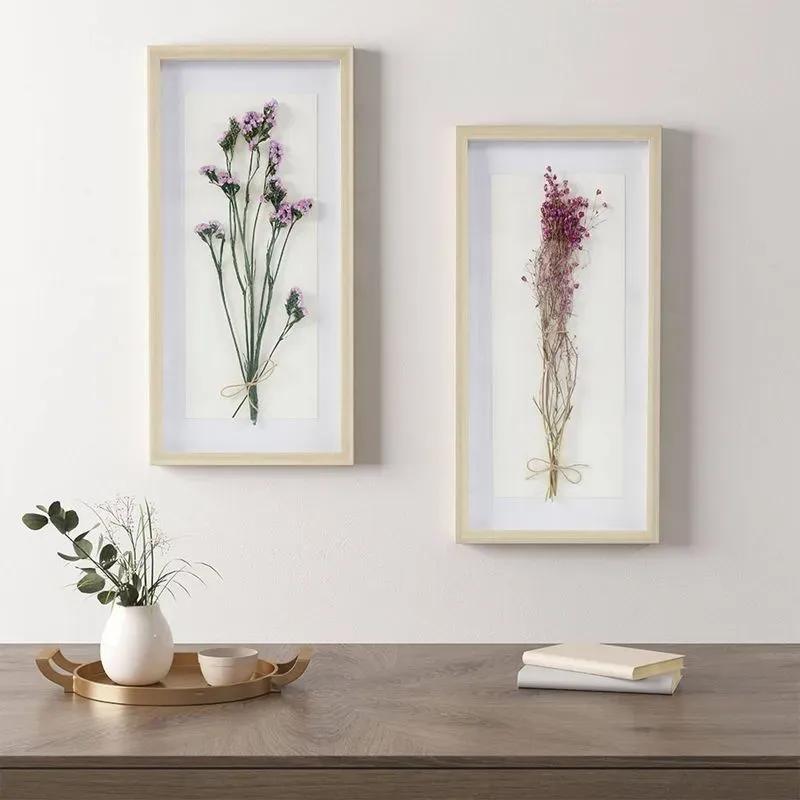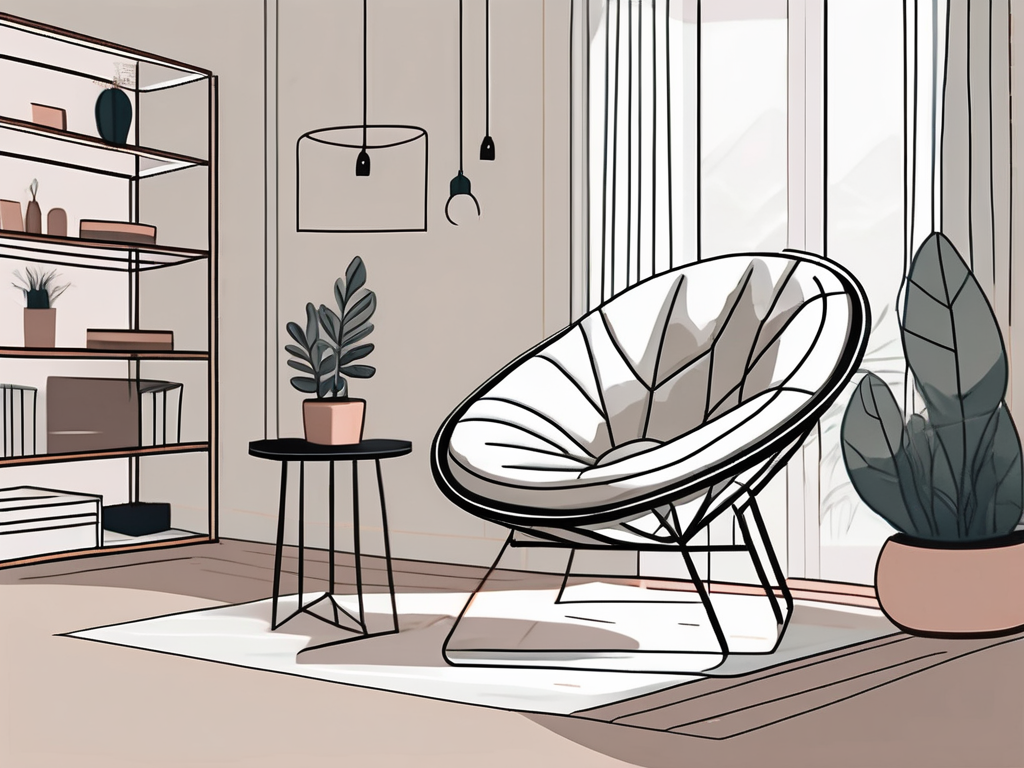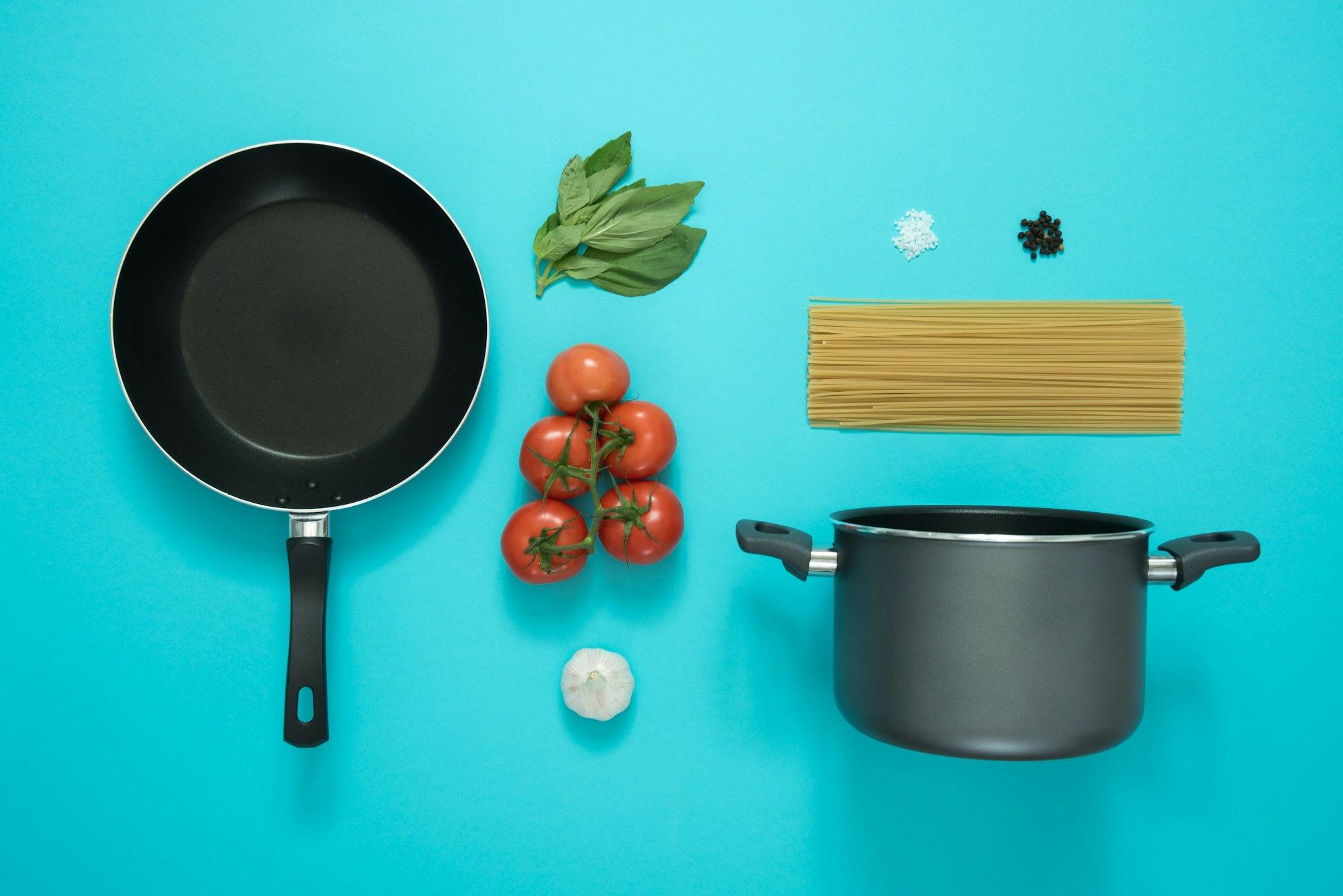What is a Shadow Box?
A shadow box is more than just a frame; it’s a three-dimensional display case that transforms ordinary objects into stunning visual stories. Discover the art of shadow boxing and how it can add depth and personality to your home decor.

At first glance, a shadow box might seem like a simple display case, but it's so much more. This unique item has the power to transform a collection of objects into a captivating story, turning ordinary rooms into galleries of personal history. If you've ever wondered about the magic behind a shadow box, you're in the right place. Let's dive into the world of shadow boxes, exploring their essence, varieties, and the endless possibilities they offer for creative expression.
Understanding the Basics of Shadow Boxes
Before we can appreciate the nuances of shadow boxes, it's essential to grasp what they are at their core. A shadow box is a deep-framed box that is designed to display and protect objects that have personal value or artistic appeal. But there's more to it than just its definition.
What Makes a Shadow Box Unique?
Unlike traditional picture frames, shadow boxes offer a three-dimensional space to showcase a variety of items. From cherished memorabilia to handmade crafts, the depth of a shadow box allows for a dynamic presentation of items that wouldn't fit in a flat frame. This depth creates shadows, adding a dramatic effect that enhances the visual appeal of the displayed items.
Moreover, shadow boxes serve a dual purpose. Not only do they display items in an attractive manner, but they also protect these treasures from dust, damage, and the fading effects of sunlight. This protective quality makes shadow boxes an ideal choice for preserving items of sentimental or historical significance.
Varieties of Shadow Boxes
Shadow boxes come in a myriad of styles, sizes, and materials, each offering a unique way to tell a story. Some are simple and minimalist, designed to let the items inside take center stage. Others are ornate, with detailed frames that add to the overall aesthetic. The choice of a shadow box can significantly influence how the displayed items are perceived.
Materials range from wood and metal to plastic and glass, each adding its own texture and character to the display. The size of a shadow box can vary greatly, from small boxes that hold a single cherished item to large ones designed to showcase a collection of objects.
Creating Your Own Shadow Box
One of the most appealing aspects of shadow boxes is the opportunity they offer for creativity and personalization. Building your own shadow box can be a rewarding project that allows you to create a personalized display that reflects your interests, memories, or artistic flair.
Choosing the Right Materials
The first step in creating a shadow box is selecting the right materials. Consider the items you wish to display and choose a frame depth that will accommodate them comfortably. The material of the frame should complement the style of the items and the room where the shadow box will be displayed.
For a rustic look, a wooden frame might be the perfect choice. For a modern, sleek appearance, a metal or plastic frame could be more appropriate. The back panel of the shadow box can also be customized, using fabric, paper, or paint to create a background that enhances the displayed items.
Arranging Your Items
Arranging items in a shadow box is an art form in itself. Start by laying out your items on a flat surface, experimenting with different arrangements until you find one that is visually pleasing. Consider the balance of the items, their colors, and how they relate to each other.
Once you're satisfied with the arrangement, secure the items in place using pins, adhesive, or small shelves, depending on the nature of the items and the shadow box. Remember, the goal is to create a cohesive display that tells a story or conveys a theme.

Shadow Boxes in Home Decor
Shadow boxes are not just personal projects; they are also versatile elements in home decor. Whether you're looking to add a personal touch to your living room or create a focal point in your hallway, shadow boxes can serve as an intriguing addition to any space.
Incorporating Shadow Boxes into Your Home
When incorporating shadow boxes into your home decor, consider their placement carefully. A shadow box can be a conversation starter, so placing it in a common area where guests can admire it is a good idea. However, shadow boxes can also create intimate vignettes in more private spaces, such as bedrooms or studies.
The contents of the shadow box should reflect the room's theme or your personal interests. For example, a shadow box in a travel-themed room might contain souvenirs from your journeys, while one in a family room could display heirlooms or family photos.
Shadow Boxes as Gifts
Shadow boxes make thoughtful and personalized gifts. Whether for a wedding, graduation, or milestone birthday, a shadow box filled with meaningful items can be a cherished present. The key is to tailor the contents and style of the shadow box to the recipient's tastes and experiences.
For a truly special gift, consider including items that have personal significance to both you and the recipient. This could be anything from a shared ticket stub from a concert to a piece of jewelry that has been passed down through the family. The thoughtfulness and effort put into creating a shadow box gift are sure to be appreciated.
Exploring the Artistic Possibilities of Shadow Boxes
Shadow boxes are not just containers for objects; they are canvases for creativity. The depth and dimensionality they offer open up a world of artistic possibilities for those willing to experiment and push the boundaries of traditional display methods.
Adding Layers to Your Shadow Box
One way to elevate your shadow box display is by incorporating layers. By arranging items at different depths within the box, you can create a sense of depth and intrigue that draws the viewer in. Consider using small platforms or risers to lift items off the back panel and create visual interest.
Layers can also help you establish a narrative within your shadow box. By organizing items into foreground, middle ground, and background layers, you can guide the viewer's eye through a curated visual story. This technique is particularly effective when displaying a series of related items or telling a chronological tale.
Playing with Lighting Effects
Lighting can dramatically enhance the impact of a shadow box display. Experiment with different lighting sources, such as LED strips, mini spotlights, or natural light, to create shadows and highlights that add depth and drama to your arrangement. Strategic lighting can emphasize certain items, create interesting patterns, or evoke a specific mood.
Consider the placement of your shadow box in relation to light sources in the room. Indirect lighting can help prevent glare or harsh shadows that might detract from the display. By playing with light and shadow, you can transform a simple collection of items into a dynamic and visually striking composition.
Preserving Memories with Shadow Boxes
One of the most significant benefits of shadow boxes is their ability to preserve and showcase cherished memories. Whether it's a collection of travel souvenirs, a display of family heirlooms, or a tribute to a special event, shadow boxes offer a tangible way to capture and celebrate moments that hold personal significance.
Documenting Milestones and Achievements
Shadow boxes are perfect for commemorating milestones and achievements in a tangible and visually appealing way. Whether it's a graduation cap and tassel, a medal from a sports competition, or a certificate of accomplishment, these items can be proudly displayed in a shadow box to serve as a constant reminder of hard work and success.
Consider adding photographs, handwritten notes, or other memorabilia alongside these items to create a comprehensive representation of the milestone. By curating a shadow box dedicated to a specific achievement, you can create a lasting tribute that honors the effort and dedication that went into reaching that goal.
Preserving Family History
Family heirlooms and mementos are precious links to the past, connecting us to our ancestors and the stories that shaped our family history. Shadow boxes provide a beautiful way to preserve and showcase these treasures, ensuring that they are not only protected but also prominently displayed for future generations to appreciate.
Whether it's a vintage piece of jewelry, a handwritten letter, or a cherished family recipe, these items can find a new life in a carefully curated shadow box. By arranging them thoughtfully and adding context through labels or captions, you can create a visual genealogy that celebrates your family's unique heritage.
Enhancing Your Shadow Box with Interactive Elements
Take your shadow box to the next level by incorporating interactive elements that engage the viewer and invite them to explore the display in a hands-on way. By adding moving parts, hidden compartments, or tactile features, you can create a multi-sensory experience that adds an extra layer of intrigue to your shadow box.
Creating Interactive Displays
Consider incorporating elements that can be moved, rotated, or opened within your shadow box. This could include turning gears, sliding panels, or pop-up sections that reveal hidden treasures. By allowing viewers to interact with the display, you can create a sense of discovery and engagement that makes the experience more memorable.
Interactive shadow boxes are particularly effective for educational displays or storytelling purposes. By incorporating elements that can be manipulated or explored, you can convey information in a dynamic and engaging way that captures the viewer's attention and encourages them to interact with the display.
Adding Tactile Features
Enhance the sensory experience of your shadow box by incorporating tactile elements that invite touch and exploration. Consider adding textured surfaces, movable parts, or objects with interesting tactile qualities that encourage viewers to engage with the display on a physical level.
Tactile features can add a new dimension to your shadow box, allowing viewers to not only see but also feel the items on display. Whether it's a piece of fabric, a textured sculpture, or a three-dimensional object, these tactile elements can create a more immersive and interactive viewing experience that appeals to multiple senses.
Conclusion
Shadow boxes are more than just display cases; they are windows into our lives, showcasing our memories, achievements, and passions. Whether you're creating your own shadow box, incorporating one into your home decor, or giving one as a gift, the possibilities are as limitless as your imagination. So why not start exploring the fascinating world of shadow boxes today? Your next masterpiece might be just a frame away.
Quick facts
What is a shadow box?
A shadow box is a decorative frame with a deep inset that allows for the display of three-dimensional items, such as memorabilia, keepsakes, or artwork.
What's the difference between a shadow box and a display case?
The difference between a shadow box and a display case lies in design; shadow boxes have a deep, recessed frame ideal for showcasing layered or three-dimensional items, while display cases are typically clear and used for broader visibility.

Dane Hurtubise
Co-founder & CEO of Spoken
Dane Hurtubise is the Co-founder & CEO of Spoken. He has led two venture-backed companies and is a two-time Y Combinator alum. Prior to Spoken, Dane sold his previous company, Parklet, to Greenhouse Software where he served as VP of Platform and Partnerships. An avid runner, cyclist, and Pilates enthusiast, Dane holds a BS in Electrical and Computer Engineering from the University of Texas at Austin.
Read more

